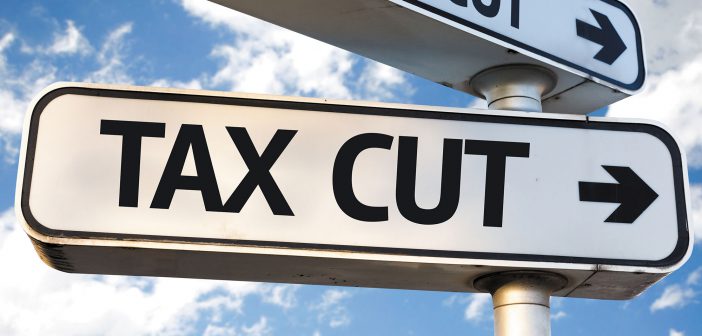by Toni-Anne Barry
he Tax Cuts and Jobs Act (TCJA) continues to be a victory for American small business owners. The 20-percent small business dedication and reduced individual income rates make it easier for owners to expand their businesses and for entrepreneurs to take the plunge and start one of their own. With this simplified and fairer tax code, America now has the best environment for business development in years. And the results are speaking for themselves. More jobs are being created, wages are rising, and businesses are rapidly expanding. The intent of the TCJA to bolster Main Street is clearly working, but the legislation did fall short in one major area that is crucial to so many American small businesses – business expensing.
Now, only certain business expensing falls into this category, specifically investments under the qualified improvement property (QIP) umbrella. QIP investments are considered improvements to interior portions of a commercial building after the initial construction and opening of that building. For example, if a hotelier opens a property and a year later replaces a faulty AC unit with a new one, this is considered a QIP investment. To AAHOA Members, making QIP investments is a constant and crucial aspect of running their businesses. Hoteliers are continuously improving their properties through renovations and the purchase of new equipment to keep their hotels up to date. Being able to expense these investments enables business owners to continue enhancing their properties by making it easier and more cost effective.
Prior to the enactment of the TCJA, these expenses were eligible for 50-percent bonus deprecation with a cost-recovery period of 15 years. The intent, but unfortunately not the outcome, of the TCJA was to increase the level of bonus depreciation to 100 percent. To help put this into perspective, the Tax Foundation estimates that a $100 investment under the old law would have an $84.38 cost recovery with a $5.47 tax bill. Under the intended TCJA provisions, the cost recovery would be the full $100 and a $0 tax bill. Unfortunately, when the law was written, it actually increased the cost recovery period to 39 years and did not implement full bonus depreciation. With this language enacted into law, the Tax Foundation found that a $100 investment has a mere $41.12 cost recovery and a $12.15 tax bill, an unquestionably dismal result. While most provisions of the TCJA have helped spur business growth, this error is holding businesses back from making needed renovations and other capital improvements.
Bipartisan solutions to this harmful error are working their way through the Senate and the House. Senators Pat Toomey (R-PA) and Doug Jones (D-AL) introduced S. 803, the Restoring Investment in Improvements Act, to correct the inaccurate language. This legislation would return the cost recovery period to 15 years and would implement 100-percent bonus depreciation on QIP investments.
Bipartisan support for this fix also exists in the House, where Representatives Walorski (R-IN) and Jimmy Panetta (DA-CA) introduced H.R. 186, identical to the Senate bill. Lawmakers on both sides of the aisle in both chambers are voicing their support for this pro-small business initiative because they recognize the important role business expensing plays in the success of American businesses.
If this legislation is signed into law, AAHOA Members and all American small business owners will experience even greater tax relief that will allow them to continue to reinvest in their businesses and strengthen their local economies.
To learn more about this topic, read Common Ground.




